If you have been to the beach, you have most likely seen sand dunes. They are those bumps you have to traverse before you get to the real prize - the beach! But did you know that those dunes serve a purpose? Today, we are going to dig into the dunes and learn about this amazing ecosystem. There are interior sands dunes, like the ones you find at the Great Sand Dunes National Park in Colorado, … [Read more...]
InstaScience at Elemental Blogging
Your home for digital nature study resources and teaching science at home tips!
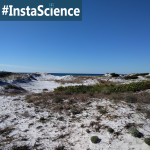
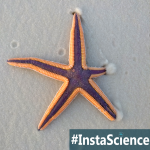
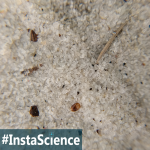
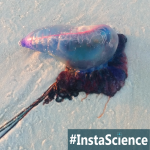
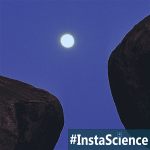
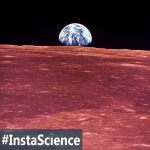


Join the Community!